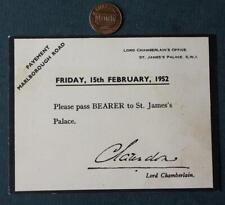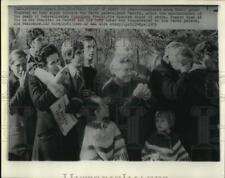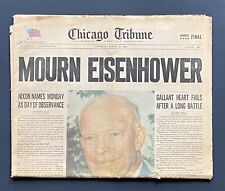
Astronauts Neil Armstrong and Jerry Ross, along with about 200 other Purdue University alumni, have added their slide rules to a new exhibit at Purdue that testifies to the utility of these human-powered computational devices.
The display, at the university’s Potter Engineering Center, includes some rules which were made in the 19th century. They range in length from a few inches to a prodigious seven feet. “There was a point in time when the slide rule was king,” said James Alleman, who began collecting the slide rules 15 years ago. “During a period of about 400 years, anything anybody built that was of any magnitude would have required a slide rule.”
But in the early 1970s, Hewlett Packard came out with the first affordable electronic calculator, the HP-35, signaling an end to the slide rule’s dominance in scientific computation.
Retired Purdue professor Robert Miles fondly recalls the calculator’s debut. “We bought 10 HP-35s and had six installed in the civil engineering structures lab. Those six calculators were mysteriously missing within about two weeks, even though they were chained down.”
Alleman said he began collecting the slide rules out of personal interest and for a display to coincide with civil engineering’s centennial celebration in 1987. The new exhibit includes slide rules from four astronauts: Armstrong, the first man to walk on the moon; Ross, who has logged more space-walking hours than any other astronaut; Richard Covey and Roy Bridges. “There are a lot of human stories here,” Alleman said. “If these slide rules could talk – because of all the alumni who donated these things – I am sure they would each tell remarkable stories about projects they were used on.”
The exhibit is arranged in a series of panels about the history of slide rules, recounting how English scientists developed the devices. It all began in 1614, when Scottish mathematician John Napier discovered the logarithm. Six years later, English mathematician Edmund Gunter created a number line in which the positions of numbers were proportional to their logarithms, and in 1632 fellow countryman William Oughtred used Gunter’s approach to invent the first slide rule.
The display includes cylindrical slide rules and slide rules made of metal, wood, bamboo, paper and plastic.
The largest slide rules were used in classes to teach students how to use them, Miles said. “Taking a course to learn how to use a slide rule was mandatory at one time,” he said. “And from then on you used it for the rest of your academic career.”
(Pic courtesy Purdue University)

















Comments are closed.